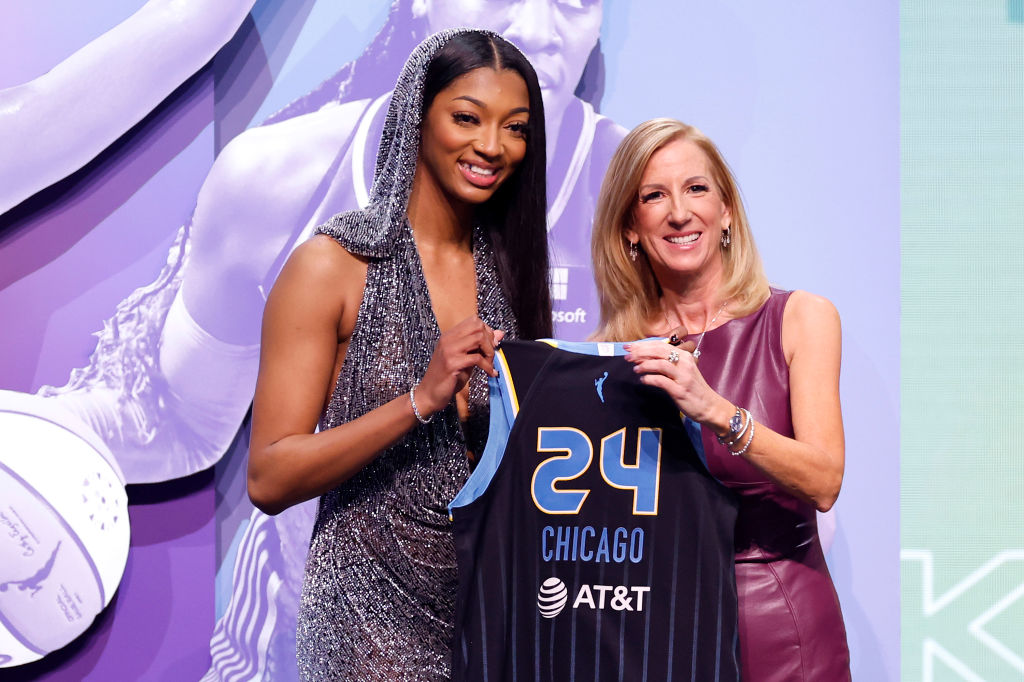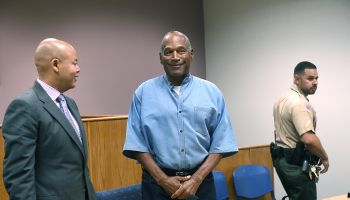by Malik Russell
Over a century ago, scholar and sage W.E.B. Dubois wrote in his groundbreaking book, The Souls of Black Folks that “The problem of the twentieth century is the problem of the color-line.”
Today, optimism springs eternal as a new century and new firsts for Black folks symbolize a socially utopian world only found at the end of rainbows and during one brisk night last November when for a moment everything was right with the world and potential for change unlimited. Then we woke up and realized the post-racial world we were waiting for hadn’t arrived yet-probably held up at the airport and placed on someone’s no fly list?
When the post-racial society does arrive, it may have to stand since the color line will likely refuse to give up its seat. Of course, many things have changed including the hair care products in the Whitehouse, but in many cases, this change is relative. African Americans have made progress relative to their enslaved and legally discriminated against ancestors (many still around today), yet relative to White Americans, little distance has been gained in the racial gaps of wealth, education and position. This assertion is more fact than opinion and substantiated by various studies including a recent study by the Urban Institute on the level of diversity among the leadership of Baltimore-Washington, D.C. area non-profits.
For social prophets blindly ushering in the post-racial era, the results of this study are both disappointing and surprising. For the highly educated Black professionals who make up the world’s most educated and qualified group of Africans in the Diaspora, there was little surprise-its simply something we cannot talk about-not if we want to work again.
According to the study Measuring Racial-Ethnic Diversity in the Baltimore–Washington Region’s Nonprofit Sector, from the Urban Institute, while people of color make up 49 percent of the population of the region, they only make up 22 percent of the executive directors.
http://www.urban.org/publications/412053.html
In the chocolate cities of Baltimore and Washington D.C., the discrepancies between population and power are even less post-racial as they make up only 30-34% of the executive directors but almost 70 percent of the population. In northern Virginia, people of color make up 40 percent of the population and a meager 5 percent of non-profit executive directors.
What is alarming for people of color is the fact that the non-profit, public and government sectors ostensibly represent areas full of liberalized Whites less discriminatory than the private sector and even willing to vote for a Black man for president. One might guess that the color line did not receive the memo that it was supposed to stop at the non-profit sector.
When one looks at paid staff and management staff at region non-profits, African Americans in particular make up nearly 38 percent of paid staff and almost 31 percent of management. Non-Hispanic whites make up 49 percent of all staff and 58 percent of managers. Additionally, the study points to the fact that “young people of color are not entering the ranks of executive directors as readily as their non-Hispanic white counterparts.”
Of course, the advocates of the new religion of post-racialism are now clearing their throats to mention that we do have Barack Obama as president and that in itself confirms a new era of race relations. Yet even in the Whitehouse, the color line remains.
According to a recent analysis done by the Washington Post looking at Obama appointments, people of color, particularly African Americans who as canaries in the mine are suffering the uneven brunt of the economic recession and mass unemployment-are not seeing the change promised.
http://projects.washingtonpost.com/2009/federal-appointments/
Of Obama’s 404 senior political appointments, 258 are white and the second most group is listed as racially unknown (64), while African Americans, Latinos, and Asians represent 54, 39, and 20 respectively of the President’s appointments. Therefore, despite the ever-promulgated educated-diversity of this region and the national population, whites still make up nearly 64% of the new “Black” president’s appointments. Closer to the Oval Office, among the 39 staff appointed to the Whitehouse, 25 are white, and only seven are Black.
Anyone who has worked in the non-profit arena of Washington-Baltimore region knows that African Americans in the non-profit and public sectors tend to walk on eggshells and your accomplishments tend to matter most when compared to other people of color and matter least when compared to that White candidate with half your experience and educational qualifications. Affirmative action is like that cousin you keep hearing bout’ at family reunions but ain’t never seen yet. Each time you nail the perfect interview you think you will finally be introduced to him but he never shows up. Instead, you get a glistening letter on nice paper that says the organization decided to rewrite the job description.
Or maybe that’s just for tall dark-skin men like me who choose to work in fields that revolve around social justice issues disparately impacting Black men-such as prisons or criminal justice policy. Often times you end up a a finalist for a position and instead of being named to the position, you instead get a pat on the back and an offer to do consulting with that same organization. For many of our white liberal friends working on issues that disparately impact our communities-they have no issue of guilt nor conscious after realizing that the same racism they accuse the system of is reflected in their own organizations and the organizations/foundations that fund them.
A decade ago while conducting an interview for an online radio newsmagazine started by a Black website (The Black World Today) long before other major/white media organizations got the idea, I interviewed Playthell Benjamin, noted author and former press secretary for Malcolm X (El Hajj Malik El Shabazz) and he broke down the difference between “White Supremacy,” and “racist.” According to Benjamin, while racist do not care for Black Folk nor desire to be around them, White Supremacists don’t mind having Black Folk around or working with them… “so long as they are the ones in control.”
Ironically, the only moments where I felt something akin to what Whites experience as non-stigmatized o “white privilege,” or that elusive “affirmative action,” was working as a journalist in the Black Press.
Today, Whitehouse occupant notwithstanding, Dubois’s prophetic comment still rings true, albeit one slight change. The problem of the twentieth century will be the problem of the color line-And so too, will the problem of the color line plague Black Folks in the 21st Century. Peace
Malik Russell is an activist, educator and author and journalist..
















